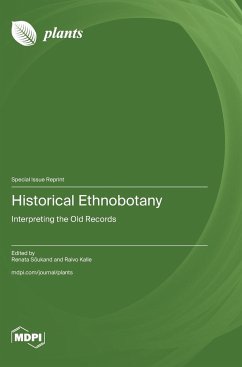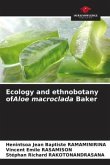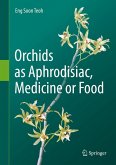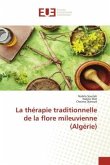History is the basis for our interpretation of humanity's past. Indeed, new developments in digital humanities and the digitalization of archives can place historical sources in a new light. Systematized historical sources allow us to see the practical changes that have occurred over centuries of ethnobotany and analyze (although sometimes solely hypothesize on) the causes of such changes. Studying history helps us to understand the influences on the evolution of local ecological knowledge regarding plant use. In ethnobotany, numerous understudied historical sources are awaiting modern interpretations. Old uses enhanced by the new possibilities offered by technology can enrich our everyday lives. Yet, understanding historical sources, especially in ethnobotany, where several disciplines are involved, is not univocal. Mistakes introduced by misidentified plants or information misinterpreted from old languages can have negative, long-term consequences. This Special Issue provides examples of the critical analyses of various historical sources and insights into ongoing historical and diachronic studies on plant use. This reprint is intended for a broad interdisciplinary audience interested in historical ethnobotany, history of plant studies, and human culture.
Hinweis: Dieser Artikel kann nur an eine deutsche Lieferadresse ausgeliefert werden.
Hinweis: Dieser Artikel kann nur an eine deutsche Lieferadresse ausgeliefert werden.








